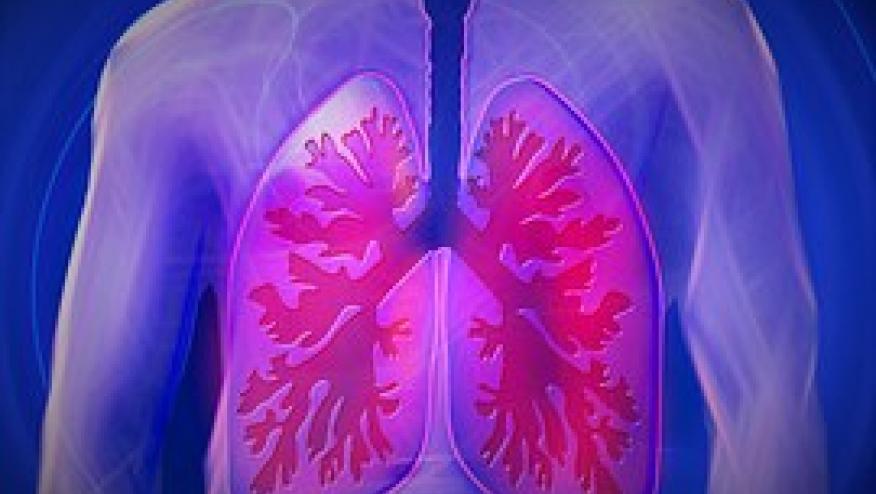Cytokine Inhibitor Lung Disease in Still's Linked to HLA-DRB1 Alleles Save

Pulmonary complications in the setting of Still's disease (both juvenile and adult) has seldom but consistently been reported, including reports of pneumonitis, pulmonary hypertension and a severe or fatal lung disease, often associated with hypersensitivity to anticytokine therapy. A multicenter study reports that drug hypersensitivity and pulmonary reactions in Still's patients receiving IL-1 or IL-6 inhibitors is strongly associated with HLA-DRB1*15 haplotypes.
Drug reaction with eosinophilia and systemic symptoms (DRESS) syndrome is a severe, delayed hypersensitivity reaction that has been shown to occur in a minority of Still’s disease patients with atypical lung disease while taking inhibitors of interleukin 1 (IL-1) or IL-6. The genetics associated with Still’s disease with DRESS was compared to those patients who were drug-tolerant with Still’s.
Class II MHC (HLA) alleles were assessed in study Still’s disease patiehs with cytokine inhibitor-related DRESS (n=64) and drug-tolerant Still’s controls (n=30). They also haplotyped 94/131 for HLA. European Still’s-DRESS cases against ancestry matched a Childhood Consortium of pediatric Still’s (INCHARGE) cases (n=550) and compared for HLA allele frequencies.
Still’s-DRESS had eosinophilia (89%), AST-ALT elevation (75%), non-evanescent rash (95%; 88% involving face) and more cases of macrophage activation syndrome (MAS) during treatment (64% vs 3%). These patients also had significantly more HLA-DRB1*15 haplotypes than did the INCHARGE Still’s controls (p=7.5×10-13), ancestry-matched controls (p=6.3×10−10).
HLA typing and vigilance for serious lung reactions to these drugs may be warranted.










If you are a health practitioner, you may Login/Register to comment.
Due to the nature of these comment forums, only health practitioners are allowed to comment at this time.